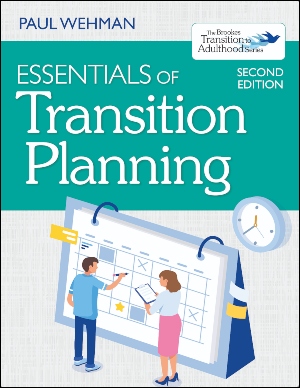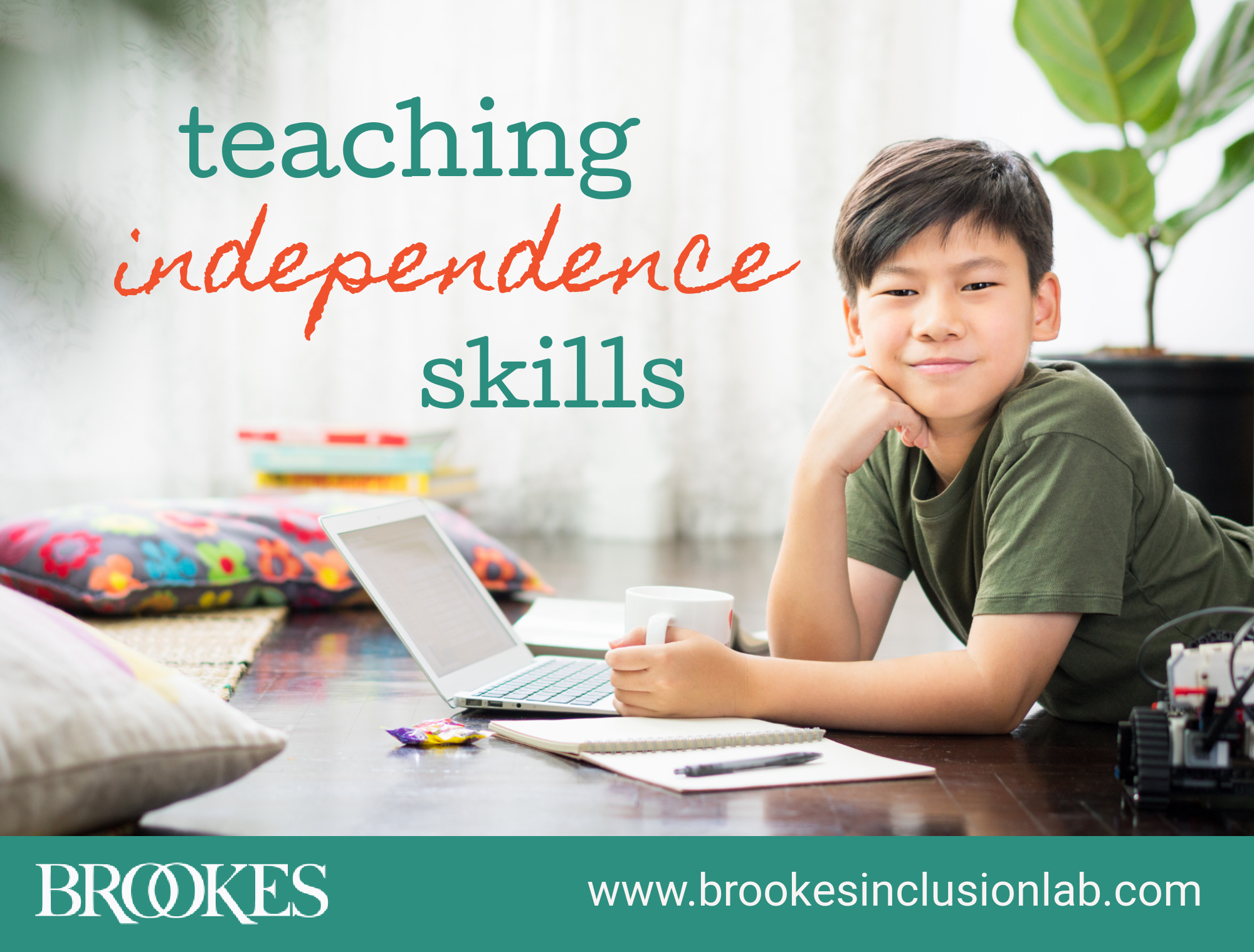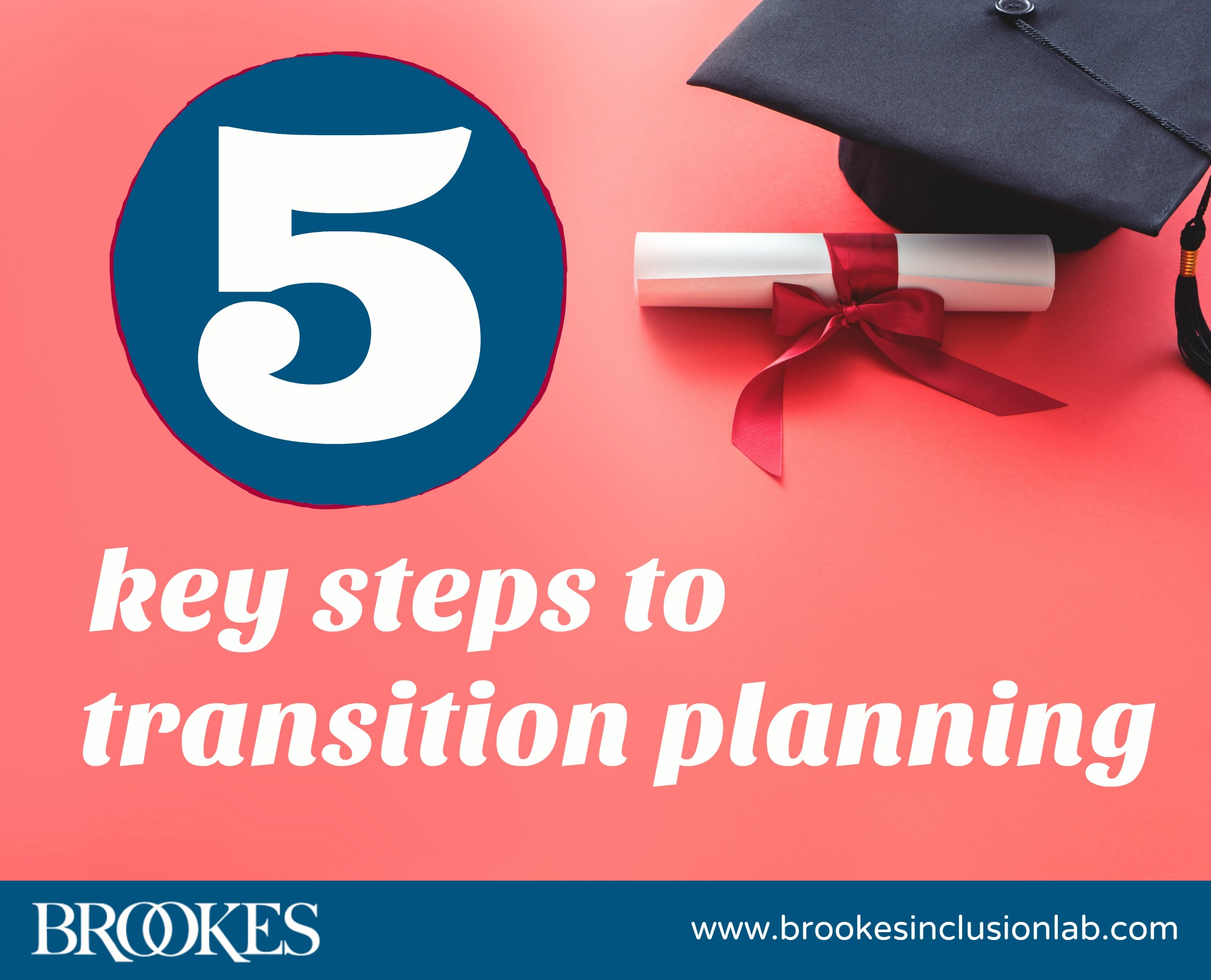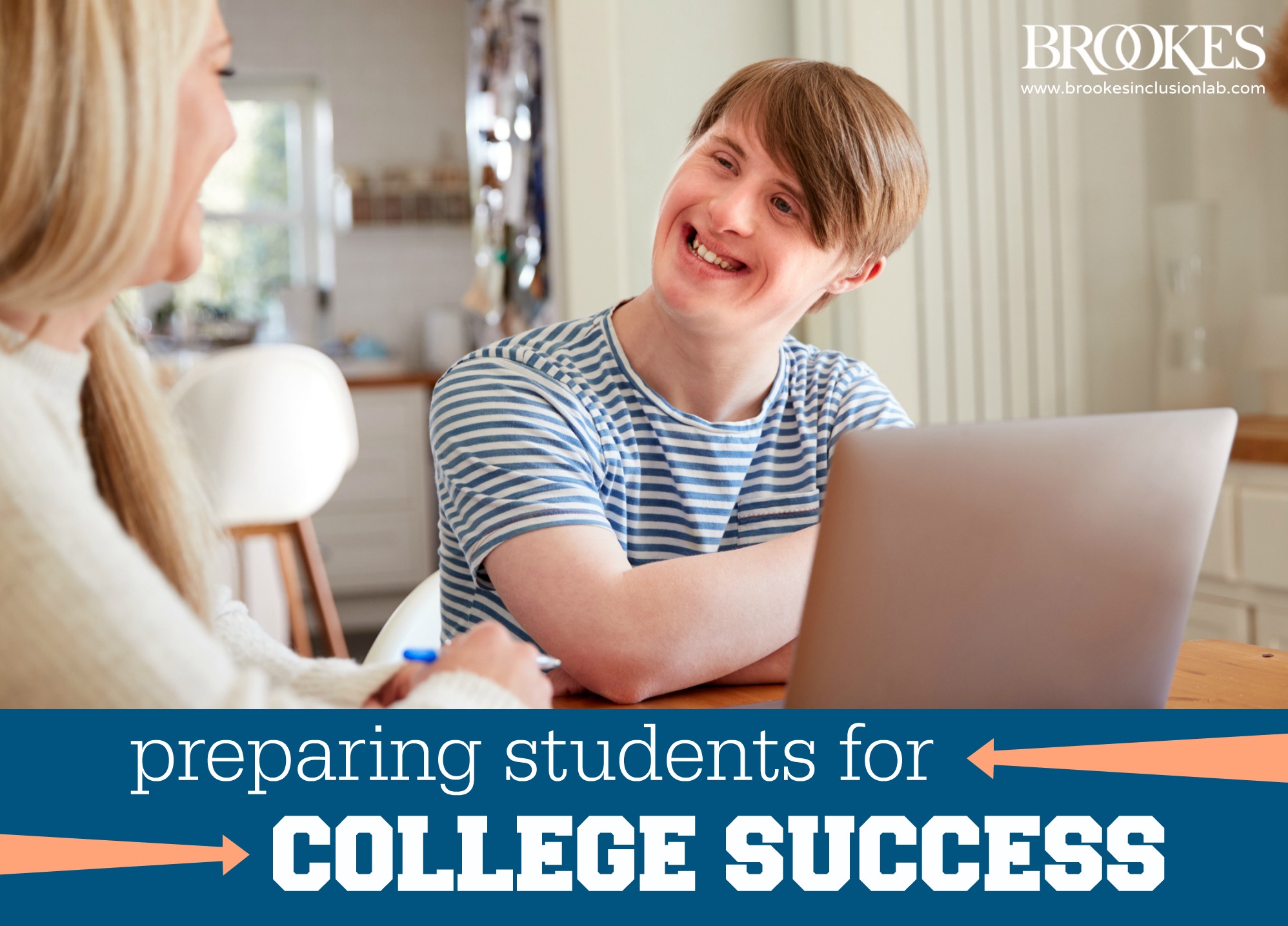7 Guidelines for Using Student IEPs to Teach Self-Determination
June 21, 2022
As students with disabilities approach adult life beyond high school, they’ll need critical self-determination skills to identify their dreams and goals and advocate for the future they want. Student IEPs are the perfect vehicle for teaching essential components of self-determination. By learning to participate actively—and play a leading role—in an IEP meeting, students can learn and practice key skills like choice-making, goal-setting, and self-advocacy.
In today’s post, excerpted and adapted from Paul Wehman’s Essentials of Transition Planning, we’re sharing some 7 practical guidelines to help educators teach self-determination skills through student involvement in the IEP and transition planning process.
Determine targets for student participation in the IEP. Set up these targets on a continuum and add more responsibilities gradually. For example, your student may initially be responsible for opening the IEP meeting, making introductions, and explaining the purpose of the meeting. By the next meeting, the student may add new responsibilities, such as reviewing some of the present levels of performance and sharing postschool goals with the committee. Support your students so they can prepare ahead of time successfully. With continued preparation, your student should be able to gradually assume greater responsibility—eventually chairing the meeting and engaging in development of goals and accommodations. (Remember that not every student needs to start at the beginning of the continuum. Targets for student participation should be based on their current interest in the process and experience with demonstrating particular self-determination skills.)
Be sure students are actively engaged in identifying their own strengths, preferences, interests, and needs. This is important information for your student to present to the IEP committee—but it may surprise you how little experience some students have with expressing this kind of self-awareness. Resources such as this Toolbox for Self-Determination can be very helpful to both educators and parents in teaching self-awareness to young people. Once identified, your student’s strengths, preferences, and interests can be developed into authentic work-based learning experiences, such as visiting places of business in areas of interest and interviewing people who work there.
Don’t assume that students already have choice-making skills. Students need to learn choice-making to express likes and dislikes, autonomy and individuality. At home, parents may overwhelmingly make the decisions in a student’s life, especially if the student has more significant disabilities or does not use oral speech. You might notice that some students avoid making decisions due to anxiety associated with “getting it wrong.” To build this skill, it’s important to ensure that students have opportunities every day and a means of communication that allows them to make meaningful, authentic choices. Students who can make choices will have more opportunities to authentically engage in the IEP process.
Teach goal-setting. Visualizing a goal, the steps needed to accomplish it, and possible outcomes are skills that can and should be taught to students, even at a young age. The IEP process is a natural opportunity for learning the skill of goal-setting. In fact, engaging students in setting their own goals and monitoring progress is good for everyone on the team, as it tends to help keep goals more specific and measurable. The Toolbox for Self-Determination can help both educators and parents teach goal-setting to young people in a variety of situations at school and home as well as in connection with the IEP process.
Understand that it takes time for students to learn to anticipate success. Many students with disabilities have learned over time to anticipate failure in situations that are unfamiliar to them. Build up your students’ confidence slowly over time. Just as your team can use a gradual continuum of participation for IEP meetings, you can also consider a customized continuum to plan transition and training experiences.
Plan ahead for potential job or career changes. Adjusting and adapting to change is an important part of adult life, especially in today’s job market. The days when adults spent most of their lifetimes with one employer are largely over; today’s young person can expect to change jobs several if not many times. Although it’s important to intentionally build a success history for students with disabilities, your students must also be ready to learn new skills and supports to secure new work. Your IEP team should consider multiple areas of student strength and preference when creating work experience opportunities. Job training should include generalization of important work skills across tasks within one employment setting and also across employment settings. Neglecting this issue in transition planning can lead to major problems later.
Teach self-advocacy and honor the student’s voice. Build self-confidence by teaching the student that their participation matters. Honor the student’s self-expressed strengths, preferences, interests, and needs and incorporate these into transition plans, work experience opportunities, and IEP accommodations. As students gain experience with IEP participation, it is a natural next step for them to learn to advocate with teachers for IEP accommodations. Role play and video modeling can be used to teach self-advocacy skills. Although it’s important for students to negotiate with teachers for accommodations based on challenges they may experience (e.g., “Due to my disability in reading, I may need oral tests”), it’s also important for students to focus on strengths-based accommodations (e.g., “I am a strong visual learner, so I learn best if there are pictures, charts, and graphs that accompany lectures”). Students who have learned to self-advocate based on strengths and needs have an enormous advantage in successfully making the transition to postsecondary education and employment settings.
Keep these 7 guidelines in mind as you help students with disabilities build their self-determination skills and navigate the complex transition to adult life. And for all the fundamentals of transition planning at your fingertips, invest in Paul Wehman’s bestselling guidebook Essentials of Transition Planning.
Essentials of Transition Planning, Second Edition
By Paul Wehman, Ph.D., with invited contributors
 This popular book is your team’s one-stop guide to helping young people live fulfilling adult lives beyond the classroom. Renowned expert Paul Wehman and a select group of contributors introduce you to all the how-tos of transition planning, offering fast facts, vivid examples, realistic case studies, and checklists and tools for putting your plan into action.
This popular book is your team’s one-stop guide to helping young people live fulfilling adult lives beyond the classroom. Renowned expert Paul Wehman and a select group of contributors introduce you to all the how-tos of transition planning, offering fast facts, vivid examples, realistic case studies, and checklists and tools for putting your plan into action.




Write a Comment
Your email address will not be published. Required fields are marked *
Post a Comment